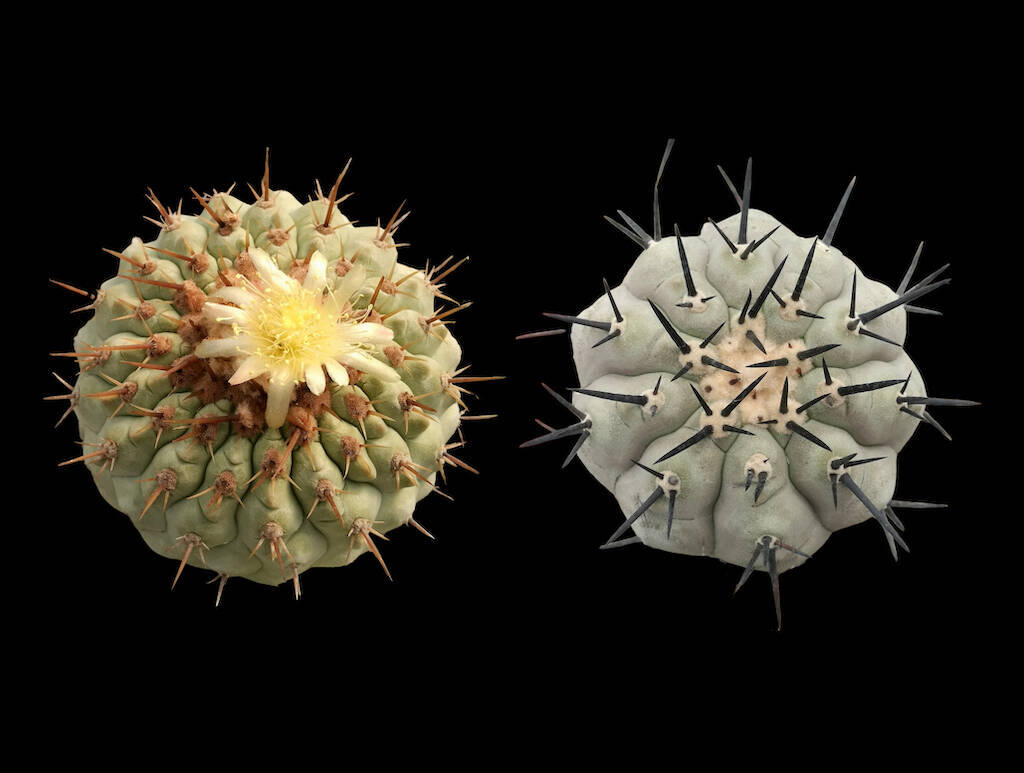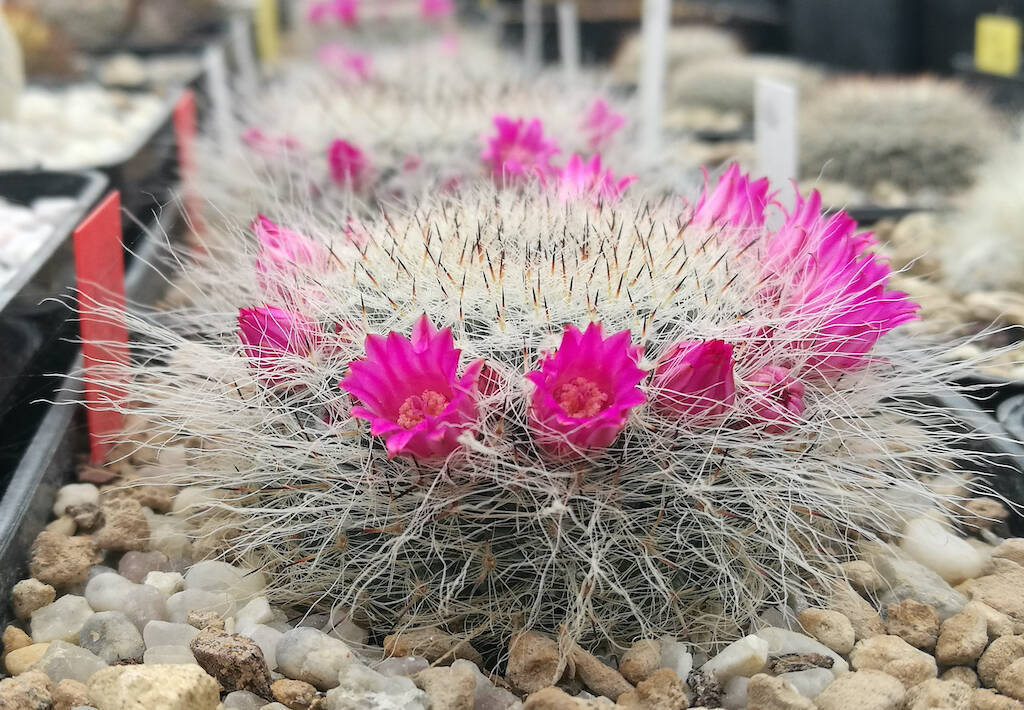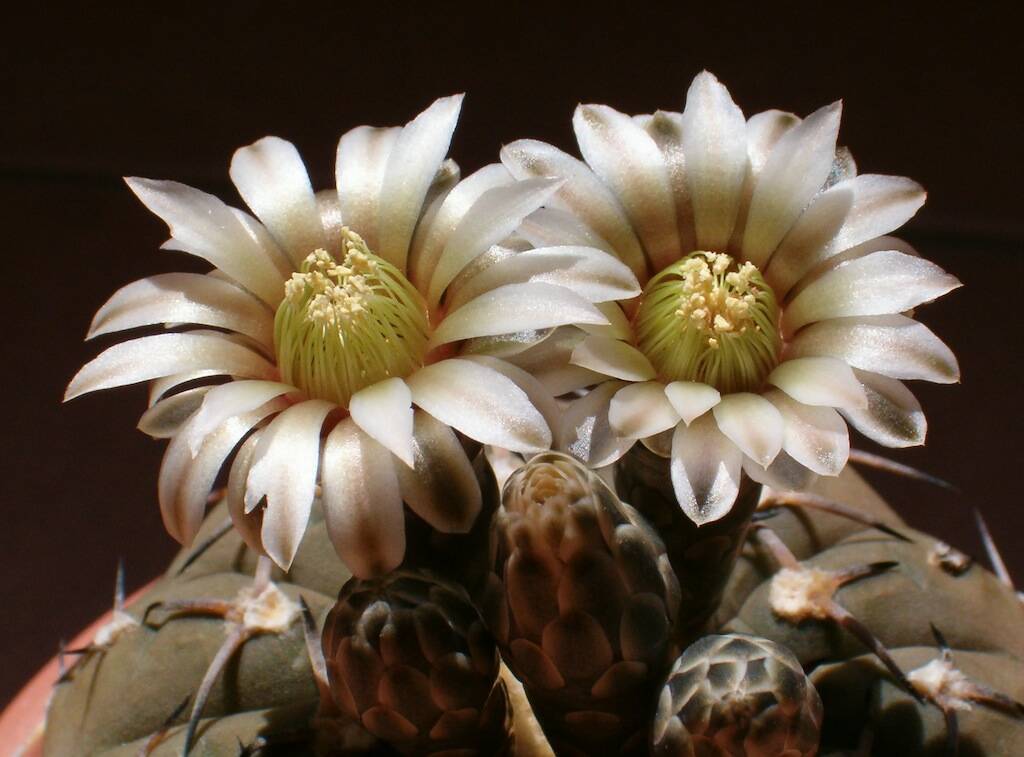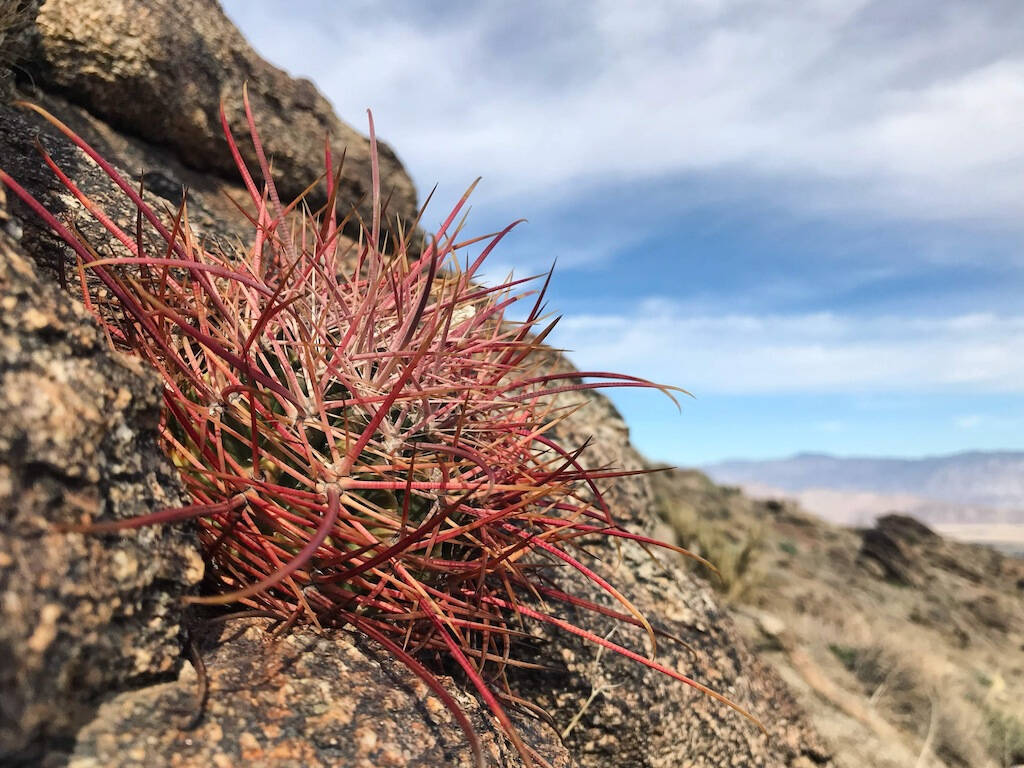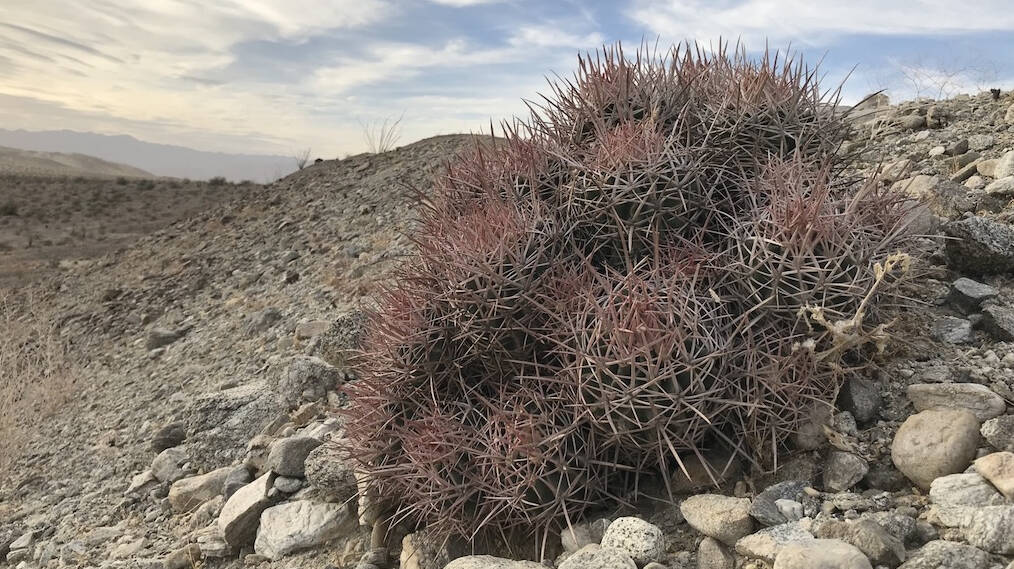The gray stem, the black thorns, the compact and perfect shape in its “simplicity” make the Copiapoa, in particular of the species of the cinerea group, a real masterpiece of Nature. Among cactus enthusiasts these plants represent a real jewel, to the point that, unfortunately, around and to the detriment of the Copiapoa a black market has been created for years that moves millions of dollars all over the world. A market that involves the extirpation of specimens in habitat – in spite of the laws for the protection of the species – subsequently destined for illicit trafficking, with serious damage to the environment and for the entire Copiapoa genus. More reason, when buying a specimen of this cacti it is essential to rely on specialized nurserymen, avoid online auctions and, above all, observe the plant carefully. The expert eye almost always knows how to distinguish the specimen grown from seed and the one taken from the wild.
And if it is true that the Copiapoa grown in their habitat have colors and thorns capable of fascinating even those who are not fond of cacti, it is equally true that with correct cultivation even specimens obtained from seeds can become splendid and incredibly attractive plants. Just to enhance the beauty of the stems and thorns of these plants, I have elaborated some photos of my specimens, cutting them out and making them stand out against a black background. The results are exceptional, as shown in the gallery contained in the following article. (…).


